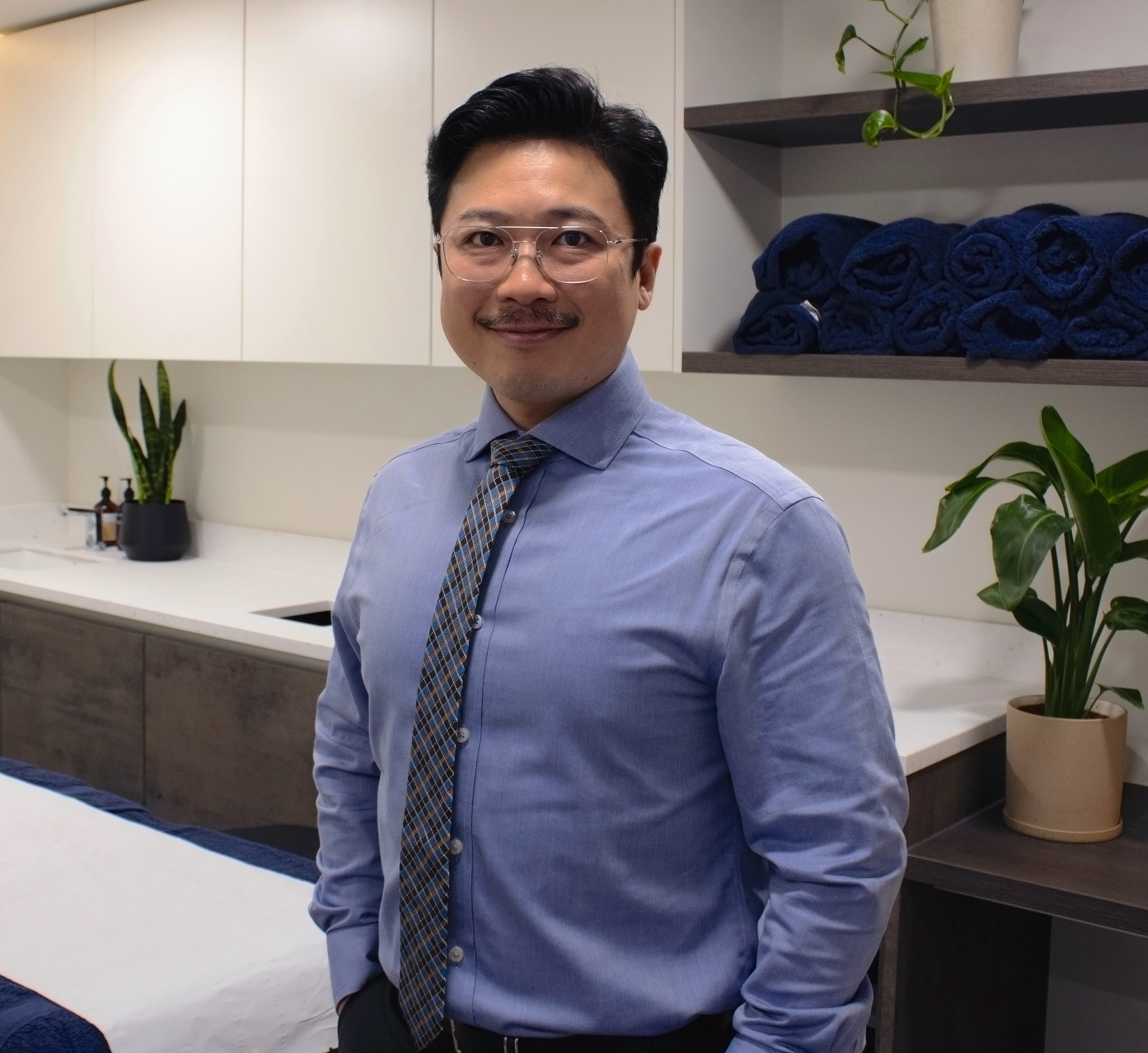Posture Attraction! A health article that can change your life
- Harvey Young

- Aug 1, 2022
- 3 min read
X-rays or MRIs can be useful, but they seldom tell the full story about what’s going on and why.

In this specific diagram, a white line has been marked between the ankles on each model to observe the difference between the posture on their left- and right-hand sides. Although we can only analyse the lower half-standing posture from the front, the main joint dysfunction that can be identified here has to do with the hips not being able to rotate well.
The majority of the models* in this diagram have one thing similar: their legs, ankles and feet turn outward excessively. This is because their hips can’t rotate inward, so it becomes much more natural for them to stand with an outwardly rotated leg posture. (*with the exception of one model in a different circumstance which we will explain further in the paragraphs below)
Walking or exercising with a rotational hip dysfunction like this causes the knees, ankles and feet to torque and point outward. Each step can force the outer heel to strike the ground first causing the arches of foot to immediately collapse inward. The “push-off” in a gait (walking) cycle then happens almost entirely at the big toe joint, compromising the structural integrity of the entire foot. So, to counter this joint dysfunction, every joint in the human body will alter its position and movement pattern. Since the muscles in the hip connect to the spine, when hip dysfunction is present, this forces the spine to do what the hips can’t. This is far from ideal because our spine is not designed to function as our hips.

Even though the hip dysfunction could be deemed to be the main problem, or where a lot of pain/ limitation can be felt, if treatment or rehabilitation focusses on the hips alone it can send a patient running around in circles for years without making much progress. This is because of how the entire posture has shifted (shown by the arrows in the diagram) preventing the hips from being able to rotate correctly. In other words, the reaction and compensation have caused the body to be more efficient being mechanically imbalanced - this is not a good thing. Adaptation becomes maladaptive: as long as the compensation continues, so will the dysfunction. It doesn’t matter which came first, they both need to be corrected simultaneously.
Lastly, we have to briefly talk about knock knees (as seen in the model with yellow background). Typically most knock knees come from the hips being incapable of outward rotation while standing. This means that those people can’t stand up without the leg bone rotating inward, causing the knee joints to collapse inward and the foot to come with it. Unfortunately, most treatments that focus on treating knock knees would likely stop looking at the whole body as the main focus is on the knees. The body functions as a unit, so for someone with knock knees, their shoulders may suffer dysfunction and muscle imbalance, causing their pelvis to rotate in a certain way and ultimately leading to hip dysfunction.
We hope that this article helps you to understand that to properly manage physical pain, for the vast majority of people we should look for ways to improve the whole body rather than simply chasing symptoms.
Our qualified and licensed expertise makes your journey to nervous system and musculoskeletal healthcare a reassuring one.
To book a consultation, #posture assessment or find out more about the procedures we offer at our #chiropractic clinics use our online appointment request form or call +44 (0) 20 7193 6272.
Photo credit: Naked Attraction by Channel 4






Comments